Prepper Pantry: A Practical Guide to Stocking Your Kitchen
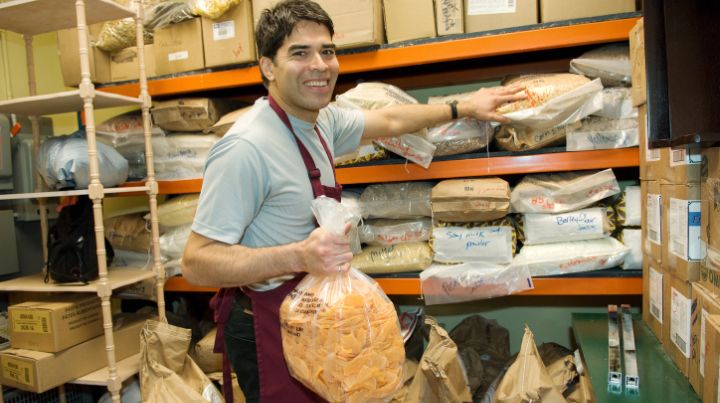

Podcast: Play in new window | Download
A well-stocked prepper pantry is essential in today’s uncertain world of societal turmoil, economic strife, and kinetic geo-political gamesmanship. Whether it’s natural disasters, power outages, or economic disruptions, having a well-stocked pantry also provides long-term security and peace of mind.
The purpose of this article is to provide a practical guide to stocking your kitchen with a focus on creating a prepper pantry. It’s for anyone who wants to enhance their preparedness and self-reliance. Whether you’re new to prepping or looking to improve your existing pantry, this guide will equip you with valuable insights and tips to ensure your pantry is well-stocked and ready for any situation.
What is a Prepper Pantry
A prepper pantry is a well-thought-out collection of food and supplies that are specifically chosen for their long life and ability to sustain you during difficult times. Creating a prepper pantry goes beyond traditional grocery shopping to provide a sufficient stockpile of essentials that can support you and your family for extended periods. The concept of a prepper pantry emphasizes self-sufficiency while allowing you to rely on your own resources when access to fresh groceries or other supplies may be limited, if not completely impossible.
Understanding the Basics of Food Storage
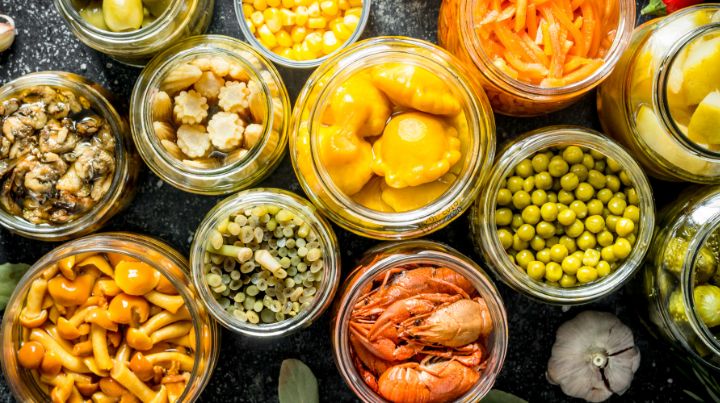
Food storage is a fundamental aspect of building your prepper pantry. It involves collecting and storing various types of food to ensure you always have an adequate supply on hand.
Defining Food Storage and Its Benefits
Food storage refers to the practice of preserving and storing food items for future use. By having a well-prepared prepper pantry, you can mitigate the impact of potential disruptions and enhance your self-reliance.
Importance of Stocking Essential Items
When creating your prepper pantry, it’s essential to include a variety of shelf-stable foods that provide the necessary nutrients and sustenance for your and your family’s long-term needs. These items can include everything from baking powder to canned foods, grains, legumes, dried fruits, and other long-lasting food products. By having a well-rounded assortment of essential items, you will be able to maintain a balanced diet and meet your nutritional needs during challenging times.
Assessing Your Needs and Goals

Before starting to store food in your prepper pantry, it’s essential to assess your specific needs and goals. This assessment will help you determine the quantity and types of food items you need to store.
Deciding How Much Food to Store
Calculating the amount of food you should store depends on several factors, such as your household size, dietary preferences, and the duration you aim to sustain yourself solely from your prepper pantry. Consider the number of individuals you need to feed, their age, and any specific dietary requirements they might have.
Build Your Prepper Pantry One Bite at a Time
How do you eat an elephant? One bite at a time. The same holds true for building out your prepper pantry. Take it one step at a time, and before long, you’ll have a fully stocked prepper pantry that meets your anticipated needs.
I advise people who are starting from scratch, to begin with a goal of storing one week’s worth of food. Then, gradually build up, adding another week at a time until you create your three-week supply, three-month supply, and so on. Building your prepper pantry in this manner allows you to do so in a non-overwhelming, easy-to-manage, scalable way.
Organizing Your Prepper Pantry Space
Creating an organized and efficient storage system is vital to maximizing the limited space of your working prepper pantry. With that, here are some tips to help you optimize your storage space:
Group Similar Food Items Together
Arrange your pantry by category, such as canned goods, grains, or snacks. This grouping method makes it easier to locate specific items and monitor your inventory for amounts on hand and expiration dates.
Utilize Storage Containers
Invest in airtight containers to store dry goods like rice, pasta, and flour. These containers help maintain freshness, prevent pest infestations, and maximize your long-term pantry options. After all, the last thing any prepper needs is to have their survival food go bad or get eaten by bugs and varmints.
Label and Date Items
Use labels or markers to identify the contents of each container and indicate the purchase or expiration date. This practice will help you maintain an effective rotation and ensures you use older items before they expire.
Install Sturdy Shelves or Racks
Utilize vertical space by installing shelves or racks to accommodate your prepper pantry items. Adjustable shelves allow for customization and efficient use of available and otherwise unused space.
Consider Transparent Containers
Clear containers enable easy visibility of the stored items, making it simpler to take inventory and plan your meals accordingly. Likewise, clear containers allow you to monitor your working pantry for spoilage and any other observable problems.
Optimize the Pantry Layout
When organizing your pantry, be sure to make it a functional food pantry. You can do that by keeping frequently used items at eye level for easy accessibility. Next, place heavier and bulkier items on lower shelves to prevent accidents and ensure stability.
Maintaining a Rotation System for Supplies
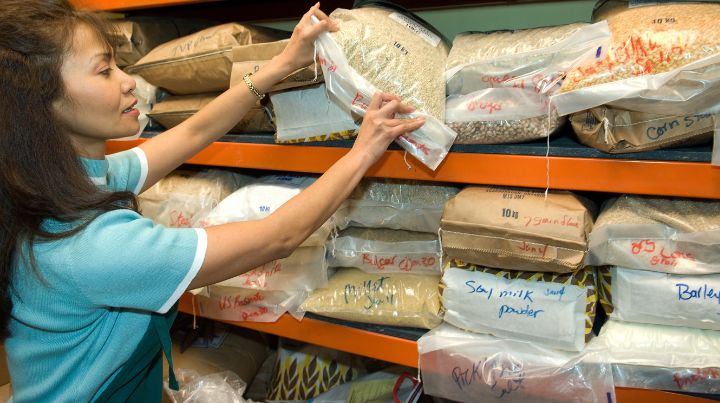
To ensure the freshness and quality of your prepper pantry items, it’s crucial to establish a rotational food storage system. A rotational system involves using older items before newer ones and replenishing your stock accordingly.
Here are three tips for maintaining an effective rotation system:
First In, First Out (FIFO): Arrange your pantry in a way that allows you to easily access the oldest items first. When your food is stored properly, this practice ensures that items with a shorter shelf life are used before expiration.
Regularly check expiration dates: Routinely inspect your prepper pantry to identify and remove items approaching their expiration dates. You can consume or donate these items so they don’t go to waste.
Monitor and update inventory: There are so many variables when it comes to your prepper’s pantry that it’s helpful to keep a detailed inventory of your prepper pantry items, noting quantities and expiration dates. Regularly update this list as you use or add new items.
By understanding the basics of food storage, assessing your needs and goals, and organizing your prepper pantry space, you can lay a solid foundation for a well-prepared and efficient pantry, regardless of how much space you have. In the end, these steps ensure you have the necessary supplies on hand to combat food shortages and increase food prices—a few cans at a time.
Canned Foods
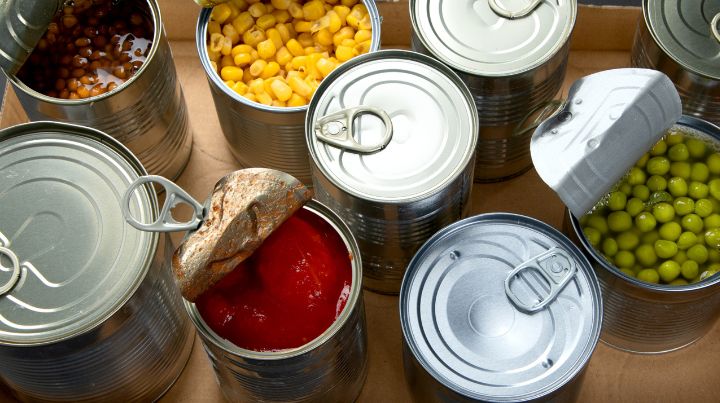
Canned foods are a staple for any well-stocked prepper pantry due to their long life, convenience, and versatility. Here are some reasons why canned food should be a vital part of your emergency food supply:
Advantages and Versatility of Canned Food
Long Shelf Life: Canned foods have an extended life, often ranging from one to five years and sometimes longer, making them an excellent option for long-term planning.
Convenience: Canned foods are ready-to-eat or require minimal preparation, saving you time and energy while offering great flexibility when preparing meals.
Nutritional Value: While I am a proponent of fresh food over canned food, research does show that “canning preserves most of a food’s nutrients.” (Healthline.com) In other words, the canning process helps preserve enough nutrients, flavor, and food texture to make canned foods a good, easy-to-obtain food pantry option.
No Refrigeration Required: Unlike fresh produce or perishable items, canned foods do not require refrigeration. This makes them perfect for grid-down situations when modern refrigeration methods may be unavailable.
Portability: Significant numbers of canned foods can be cumbersome and difficult to maneuver. However, individually and in small quantities, they are compact and relatively easy to move, providing transportable food options if you need to move your food supply.
Popular Canned Food Options
When stocking your prepper pantry with cans of food, it’s essential to include various options to meet your nutritional needs. Here are some popular canned food choices:
Canned Vegetables and Fruits: Canned vegetables like corn, peas, green beans, and carrots are versatile ingredients used in various recipes or as standalone side dishes. On the other hand, canned fruits such as peaches, pears, and pineapple make a flavorful addition to meals while serving as a sweet and tasty snack or dessert.
Canned Meats and Fish: Canned meats like canned chicken, beef, and ham are excellent sources of protein and can be used in a variety of ways—sandwiches, salads, or casseroles. Meanwhile, canned fish options such as tuna, salmon, and sardines are rich in omega-3 fatty acids and protein.
Canned Soups and Stews: Canned soups and stews are a hearty, comforting, and morale-boosting option during emergencies. To help avoid food fatigue, stock your pantry with various canned soups and stews.
Storage Tips for Canned Foods
To ensure the longevity and quality of your canned foods, consider the following storage tips:
Check Expiration Dates: When purchasing canned foods, always check the expiration dates to ensure you’re buying products with the longest possible life.
Rotate your Stock: As discussed earlier, practice the “first-in, first-out” rule by using the oldest cans first and replenishing your supply with fresh ones. I struggle with this, but it is crucial as it helps prevent cans from sitting on the shelf too long and going to waste.
Store in a Cool, Dry Place: Keep your canned foods in a cool and dry area, away from direct sunlight and extreme temperatures.
Avoid Dented or Damaged Cans: Avoid buying cans that are dented and damaged. Dents, bulges, or leaks are warning signs that the food may be bad.
Label and Organize: It’s easy to lose track of individual cans when they’re stuck in the middle of shelves full of other cans. Therefore, it’s important to keep on top of your inventory of canned goods by properly labeling and organizing your canned foods so that you can quickly identify and access them when needed. When building your pantry, consider using shelving systems or storage racks to keep it well-organized and efficient.
Shelf-Stable Foods
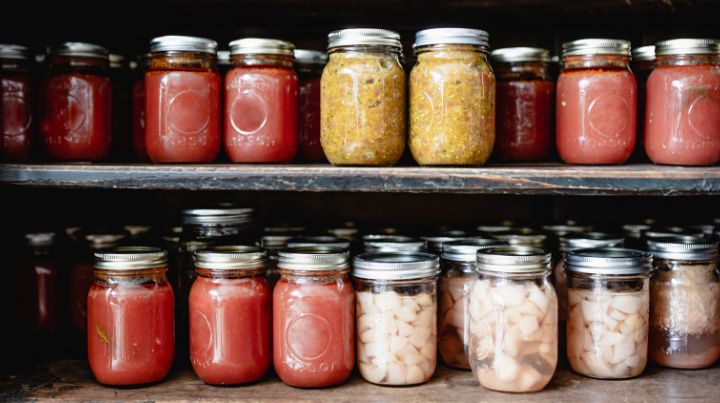
Shelf-stable foods are essential to any prepper pantry due to their extended life and ability to withstand ambient conditions without spoiling or requiring refrigeration. These foods are typically processed and packaged to prevent bacterial growth, moisture absorption, and nutrient loss. They can be easily stored for extended periods, making them ideal for long-term food storage in disasters.
Definition and Characteristics of Shelf-Stable Foods
Food products that can be safely stored at room temperature without refrigeration or freezing are known as shelf-stable. They are often processed through canning, dehydration, or vacuum sealing, which help preserve their freshness and nutritional content. These foods are designed to withstand temperature changes and can be safely consumed after months or years of storage.
The main characteristics of these long-lasting foods include the following:
Long Shelf Life: long-term stable foods are specially processed and packaged to last for an extended period, allowing them to remain safe and edible for extended periods.
Minimal Nutrient Loss: The processing techniques used in creating these long-lasting foods help to retain the nutritional value of the products as much as possible, ensuring that essential vitamins, minerals, and macronutrients are preserved.
Convenience: Shelf-stable foods are ready-to-eat or require minimal preparation, making them convenient options when access to fresh ingredients is limited.
Recommended Long-Term Food Options
When building your prepper pantry, it’s crucial to include long-lasting food options that can withstand extended storage periods while providing essential nutrition.
Rice, Pasta, and Grains
Rice, pasta, and various grains like quinoa, couscous, and barley are excellent long-term staples. They’re versatile, easy to cook, and provide a good source of energy-producing carbohydrates. When stocking up on rice, consider the different types, such as white rice, brown rice, and wild rice, to add variety to your meals.
Dried Beans and Legumes
Dried beans, lentils, and legumes are not only stable over the long term but also rich in protein, fiber, and other essential nutrients. They provide a valuable source of protein that can be used in soups, stews, and side dishes. Examples include kidney beans, black beans, chickpeas, and lentils.
Oats and Cereals
Oats and cereals, such as rolled oats, instant oats, and whole-grain cereals, are excellent options for any prepper pantry. They are easy to store and can be used in various options. These grains provide a good source of fiber and are often fortified with vitamins and minerals.
Nuts and Seeds
Nuts and seeds are nutrient-dense foods that offer a range of health benefits. Options like almonds, walnuts, chia seeds, flaxseeds, and sunflower seeds are rich in healthy fats, protein, and many essential vitamins and minerals. Among other things, they can be enjoyed as a snack, added to baked goods, or used as a topping for salads and cereals.
Freeze-Dried and Dehydrated Meals
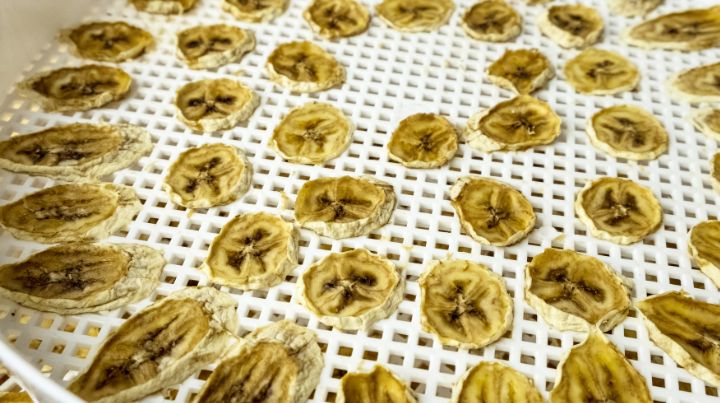
When building a well-rounded prepper pantry, freeze-dried and dehydrated meals offer a convenient and long-lasting solution. These lightweight and nutrient-dense options provide a practical way to ensure you have nutritious meals readily available during lean times and emergencies.
Benefits and Considerations of Freeze-Dried Meals
While more costly than other options, freeze-dried food has gained popularity due to its numerous benefits and extended usability. Understanding these advantages will help you make informed decisions when incorporating freeze-dried options into your prepper pantry.
Here are some key aspects to consider with freeze-dried foods:
Nutritional Value: Freeze-dried food retains a significant portion of its original nutrients. This makes them a viable choice for maintaining a balanced diet during emergencies or extended periods of limited food availability.
Lightweight and Portable: Freeze-dried food is incredibly light and compact, making them ideal for emergency kits, bug-out bags, and camping trips. Their reduced weight allows for easy transportation and ensures you can carry an ample supply without straining yourself.
Extended Shelf Life: These meals are specifically designed for long-term storage. Through the freeze-drying process, moisture is removed, inhibiting the growth of bacteria, molds, and yeasts, significantly prolonging the usable life.
Convenience and Easy Preparation: Freeze-dried meals are incredibly convenient, requiring minimal preparation. Most options only need the addition of hot water to rehydrate the ingredients. This makes them a quick and hassle-free meal solution during emergencies or when traditional cooking methods are unavailable.
Variety and Taste: Freeze-dried meals come in a wide range of options, including entrees, soups, snacks, and desserts. Manufacturers and home freeze-driers focus on providing diverse flavors and menu choices, ensuring you won’t compromise on taste even in challenging situations.
Sodium Content: Many freeze-dried meals have higher sodium levels due to the preservation process and seasoning. Therefore, it’s important to pay attention to nutritional information and choose options that align with your dietary needs.
Other Long-Term Food Storage Solutions
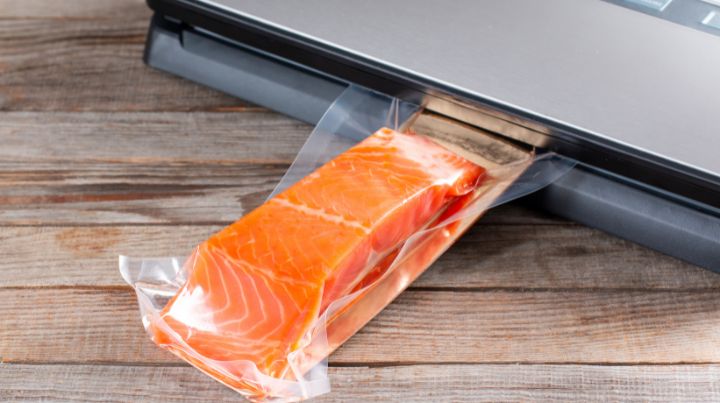
When it comes to stocking your prepper pantry, it’s essential to explore a variety of food storage solutions. In addition to the canned foods and shelf-stable options we discussed earlier, there are a few other methods and techniques that can help you extend the shelf life of your supplies.
Let’s take a look at some of these food preservation alternatives:
Mylar Bags and Their Advantages
Mylar bags are a popular choice for long-term food storage. They are durable and protect against moisture, oxygen, and light. These bags are made of a polyester film coated with aluminum. This creates a barrier that helps maintain food freshness and quality over the long term.
Vacuum Sealing
Vacuum sealing involves removing the air from the packaging to create a vacuum seal. By eliminating oxygen, which can cause food to spoil, vacuum-sealed packages can significantly extend the life of various perishable items.
Oxygen Absorbers
Oxygen absorbers are small packets that contain iron powder. They work by absorbing the oxygen in a container, reducing the chance of the growth of bacteria and mold. Oxygen absorbers are often used with Mylar bags or other airtight containers. They are particularly beneficial for preserving dry goods like grains, flour, and dehydrated foods.
The Bottom Line on Your Prepper Pantry
It’s a fact that we live in an uncertain world. One way to hedge our bets against the uncertainty of the world is by establishing a well-thought-out prepper pantry. That’s because investing time and effort in a prepper pantry empowers you to face unforeseen circumstances and provides long-term peace of mind. So, don’t hesitate to break your reliance on local grocery stores by creating and improving your own prepper pantry up-to-speed today.
What are your thoughts on building a prepper pantry? Tell us in the comments below.
Additional Resources
- SHTF Food Storage Tips for Building a Stockpile
- Meat Storage for When There Is No Freezer
- Best Foods to Stockpile for an Emergency Food Supply (2023)
- Natural Disaster Food: Eat Healthy During an Emergency
Stay safe,

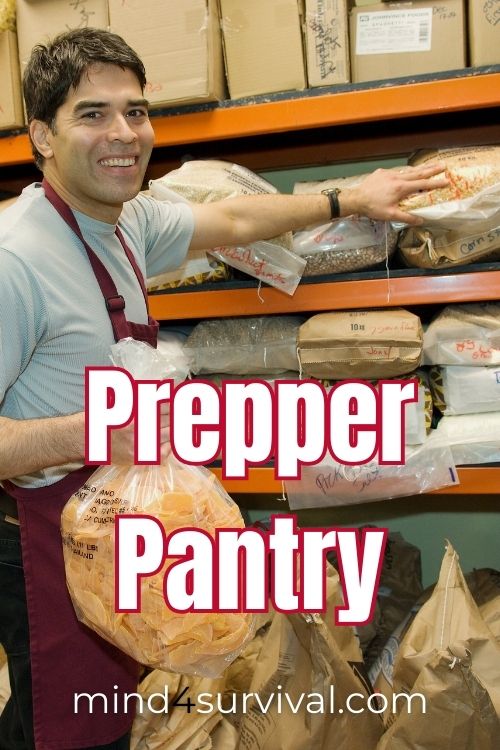




Join Mind4Survival!
Stay informed by joining the Mind4Survival! 100% Secure! 0% Spam!
Follow Us!
Affiliate Disclosure
Mind4Survival is a free, reader-supported information resource. If you make a purchase through our link, we may, at no cost to you, receive an affiliate commission.



